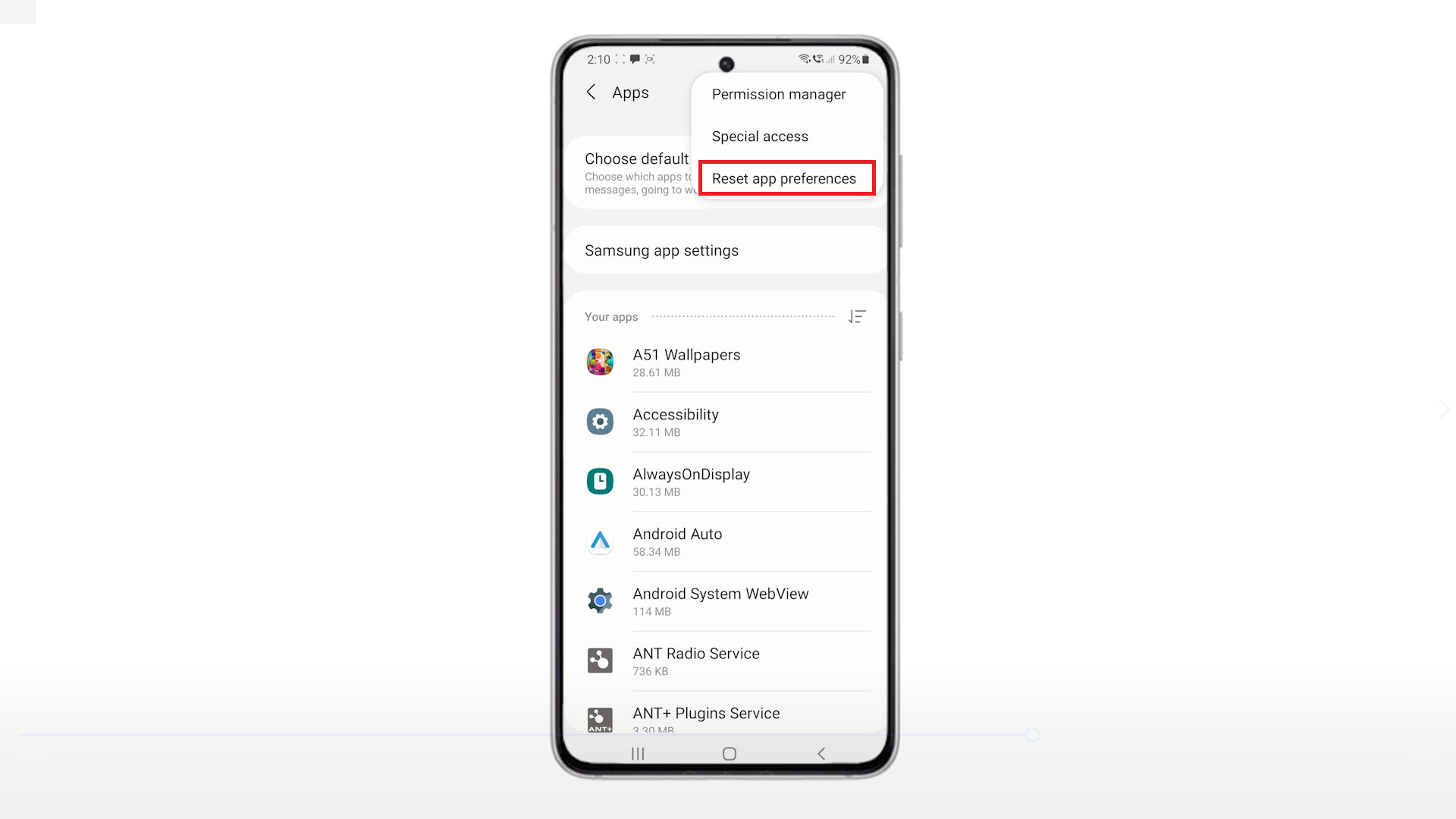

If not, we’re always looking for new problems to solve! Email yours to screen captures as appropriate, and whether you want your full name used. We’ve compiled a list of the questions we get asked most frequently along with answers and links to columns: read our super FAQ to see if your question is covered. The tccutil app lets you reset permissions for all sorts of things macOS asks you about, such as which apps can access Contacts, but Accessibility appears to be the most fragile part. Users can go into Settings > Apps > (your app name) > Permissions and revoke permissions that the user previously granted. Some apps will prompt you after restart as they recognize they’re missing permissions. When the macOS session is running and accepts your input, return to the Privacy tab and check any boxes needed to enable software that requires it.Now immediately restart your Mac manually-don’t force restart it-from > Restart. You shouldn’t see any feedback the command will just complete. Mobile Client: Resetting your browser permissions for camera & microphone Open Settings > (Installed) Apps > Chrome > (App-)Permissions Choose Microphone or.When prompted, enter your administrator password to approve the command.Copy the following and press Return: sudo tccutil reset Accessibility.Open the Terminal app, found in Applications > Utilities.
App permissions reset how to#
This is great news for users who are concerned about privacy, and while we imagine there aren’t that many devices running on Android 6, this could be beneficial for those who might still be running Android 8-10 that weren’t eligible for Android 11.Here’s how to reset the privacy database: By default, any app that requests additional permissions is removed from the approved list, and can’t.
App permissions reset update#
For example, when an update requests access to in-app purchases or identity information.

App permissions reset install#
Once the update is rolled out, it will be enabled by default so you don’t need to worry about enabling it yourself, but you will have to opt-out manually if you don’t want to use it. After approving apps for users to install you can choose how to manage app updates that include additional permission requests. Starting in December 2021, Google has announced that they will begin rolling out the functionality to older builds of Android from Android 6 and above. However, this was a feature only available in Android 11 and beyond, but the good news is that Google is changing that. With this feature, basically after an extended period of time where the app is no longer being used, Google will revoke those permissions and you’ll have to grant them again if you want to use the app again. Windows Desktop apps fall under this category. You can't use the Privacy settings to control what capabilities these apps can use. The Privacy page won't list apps with permission to use all system resources. Select an App permission (for example, Location) then choose which apps can access it. We then leave the app sitting in our phones. Select Start > Settings > Privacy & security. This is because sometimes we download apps, grant it permission, use it for a couple of times, and that’s it. One of the privacy related features Google introduced in Android 11 was an auto-reset of permissions for apps that you haven’t used in a long time.


 0 kommentar(er)
0 kommentar(er)
